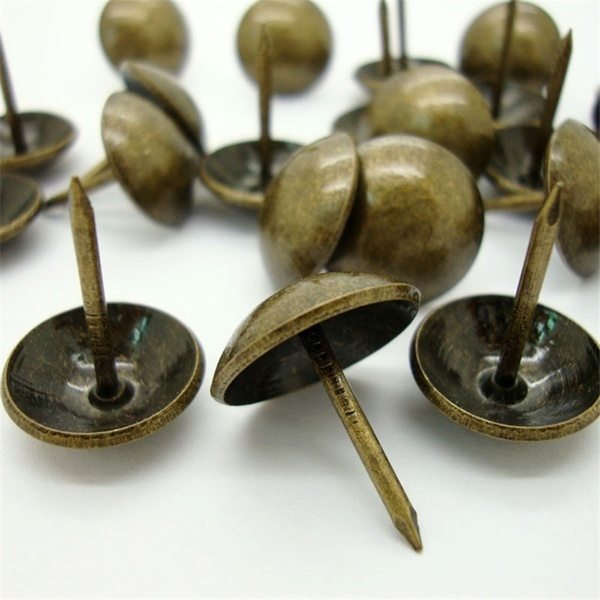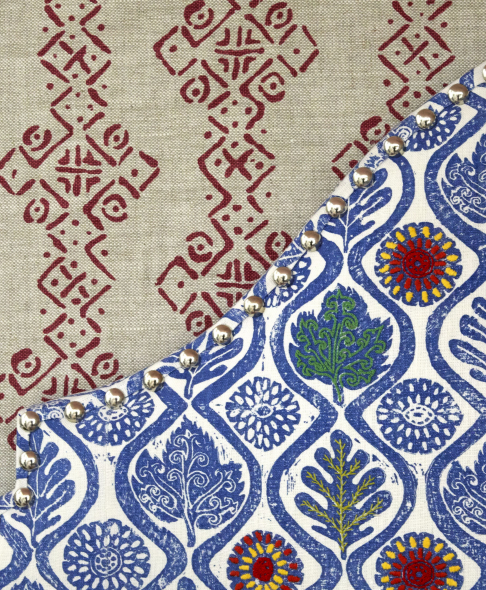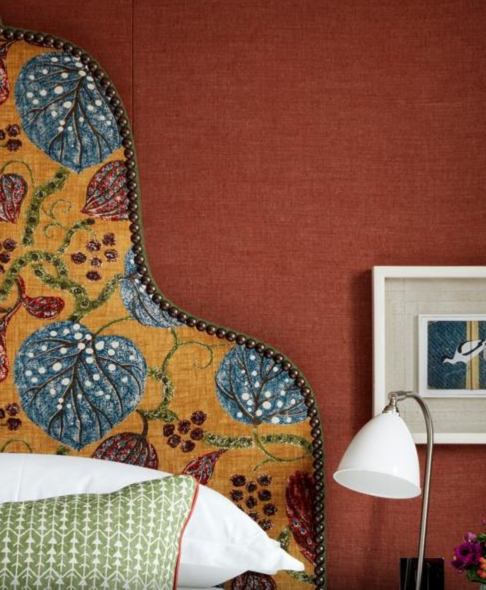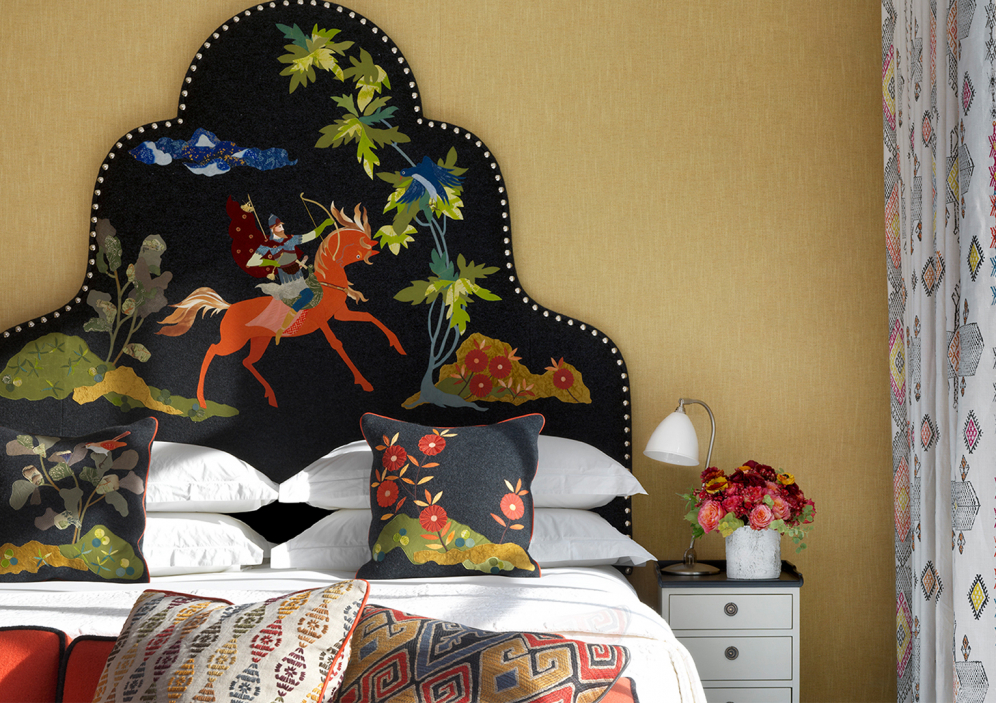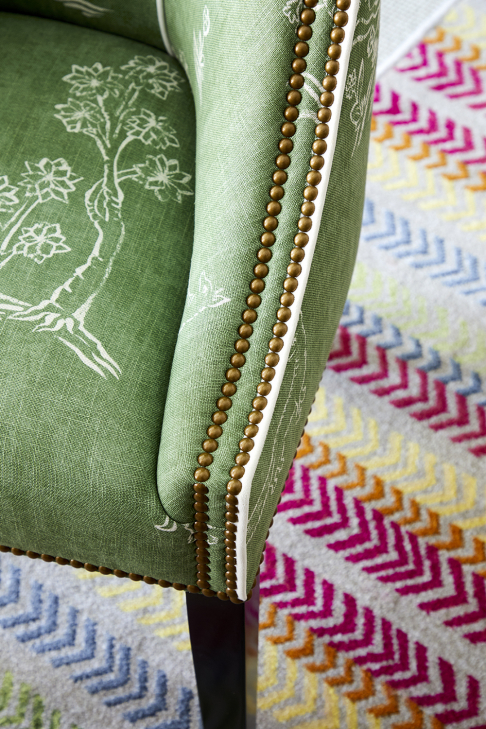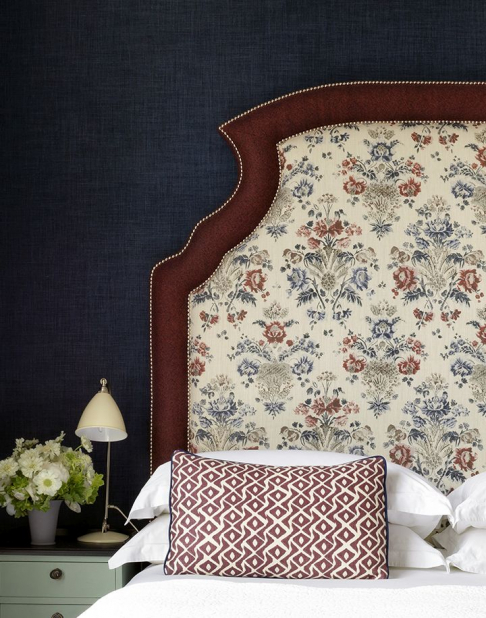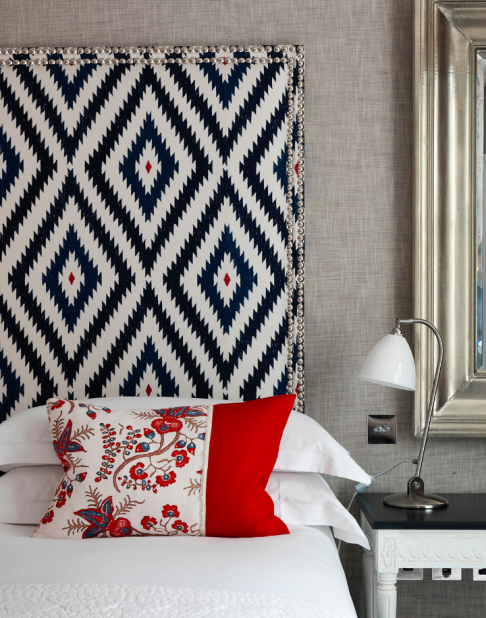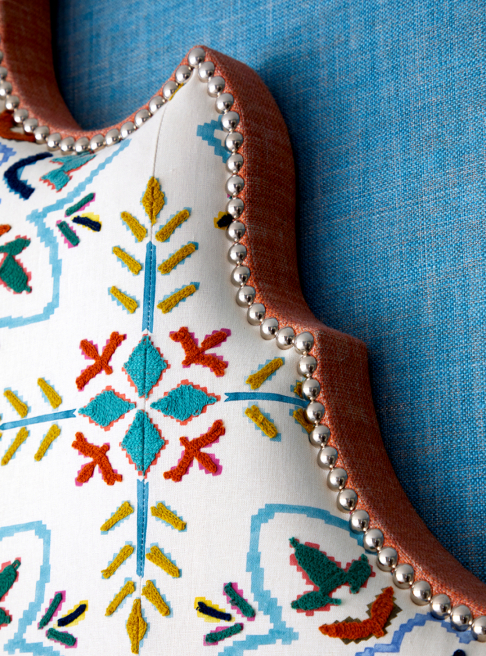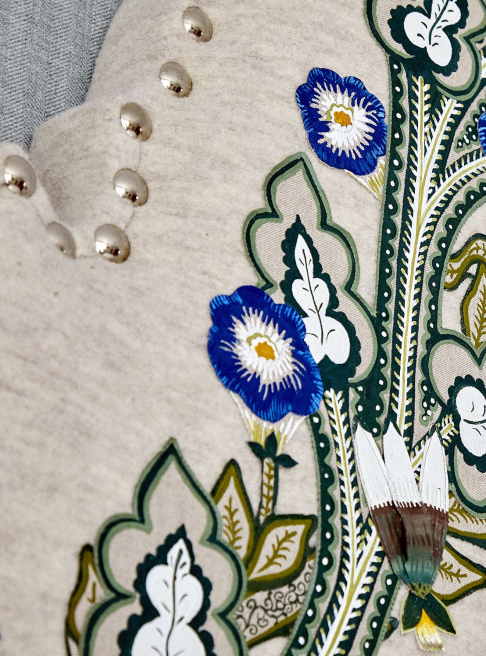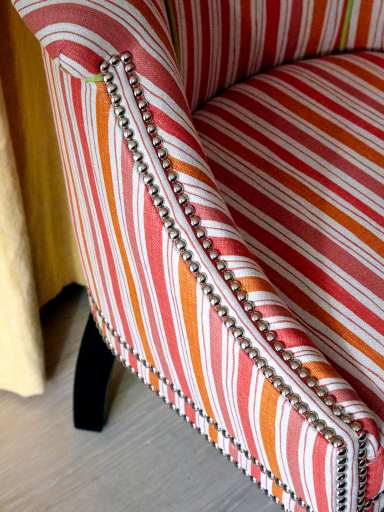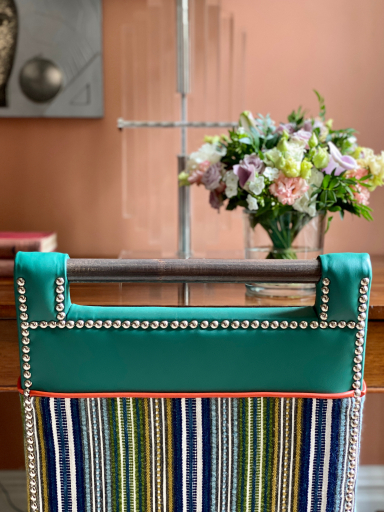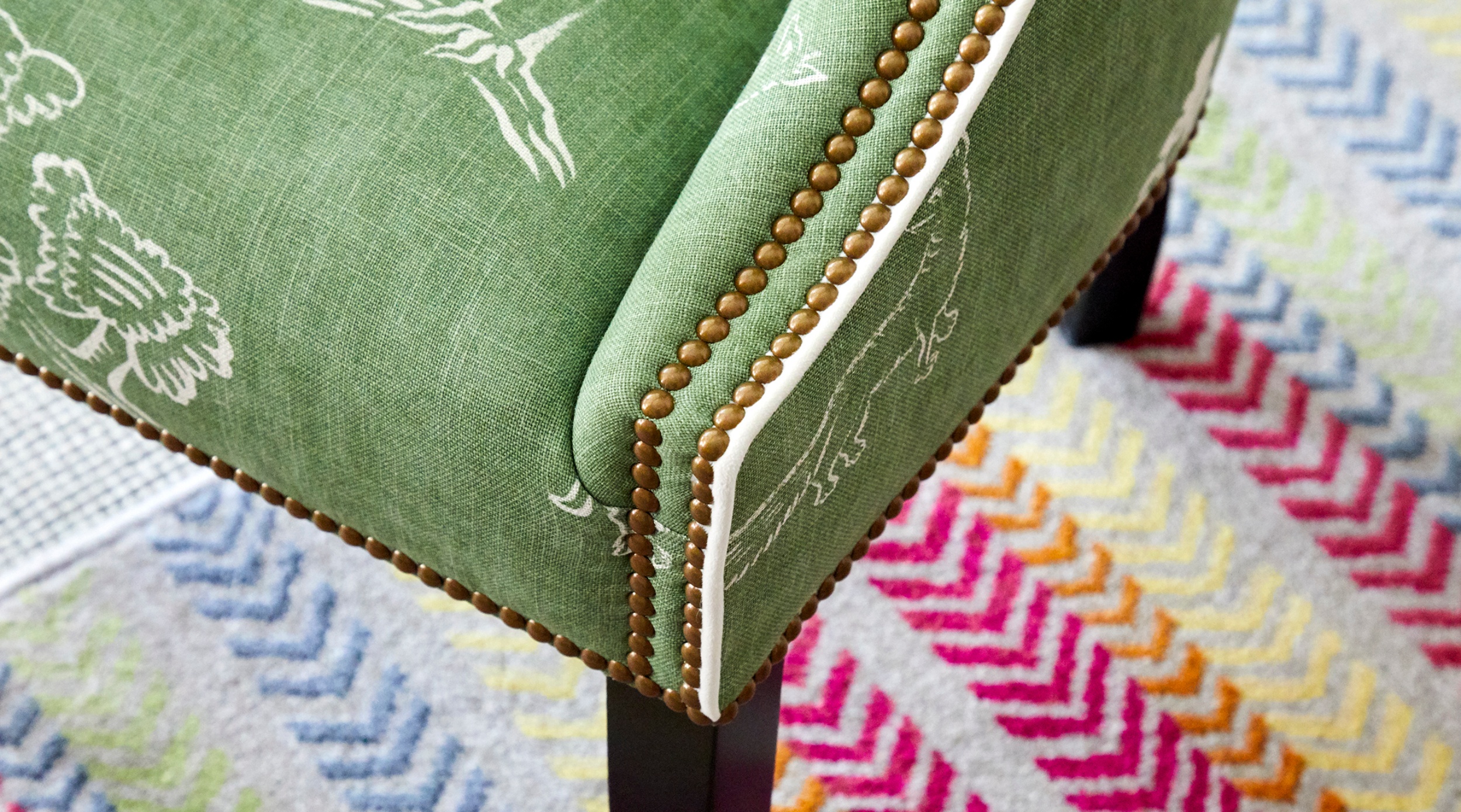
Our Dos & Don’ts for Upholstery Studding
Metallic studs have been used by upholsterers for centuries as a way of fixing fabric or leather in place. However, whilst they serve a practical purpose, they can also be extremely decorative and that’s why we love them!
Studs have become a go-to decorative addition to much of our upholstery at the Kit Kemp Design Studio, so here are our dos and don’ts on how to use them.
Don’t be overwhelmed by choice.
You need to think about three things. Finish, size and spacing…
Finish
Upholstery studs are traditionally brass or copper, but today the options for finishes are endless – don’t panic! Start with the overall look and feel of the scheme. For a more traditional feel we like to use brass or antique brass studs, but in a more contemporary space our go-to finishes are nickel and chrome. Nickel has a really subtle warmth and chrome always feels so bright and fresh!
Size & Spacing
Closed studding is where the studs sit right up against each other. This is a more traditional approach and looks great in any space. We usually use a smaller stud for closed studding to avoid it feeling too heavy.
We always love to play with scale, so quite often we enlarge our studs, leaving a small gap between them to let them breathe. This works particularly well when they are spaced along the edges of our iconic oversized headboards, around the base and edges of a chair or even a table!
Do think about framing…
Studding can be a great way of framing a piece of furniture, giving it added strength and definition. Our headboards are like artworks, so why treat them any differently? We love how the studding on this headboard at The Whitby Hotel contrasts so strongly with the dark fabric it punctuates, lifting it from the wall exactly as a picture frame would.
Do double up…
Using a double row of studs gives even more strength to a piece. We use this technique most regularly to outline the arms and frames of our tub and handle chairs.
We also often use double rows as a clever trick to separate two different fabrics. Here we have used a double row to outline a rectangular headboard, which really packs a punch. If we’d used a single row it may have been lost against the large geometric pattern of the fabric.
Do think about texture…
Contrasting textures are what give rooms interest and depth, and decorative studding is a perfect opportunity to introduce a different material to a space. We like to use natural, matt, vibrant textiles in our design, so a row of reflective, monochrome studs act as the perfect juxtaposition.
Don’t hold back…
These often overlooked details are what will take a room from good to great, so don’t forget them! Studding is such an easy way to elevate a room so go for it and never hold back.
We’d love to see where you’ve used studding in your homes. Please tag us with #designthreads and we’ll re-share our favourites.

